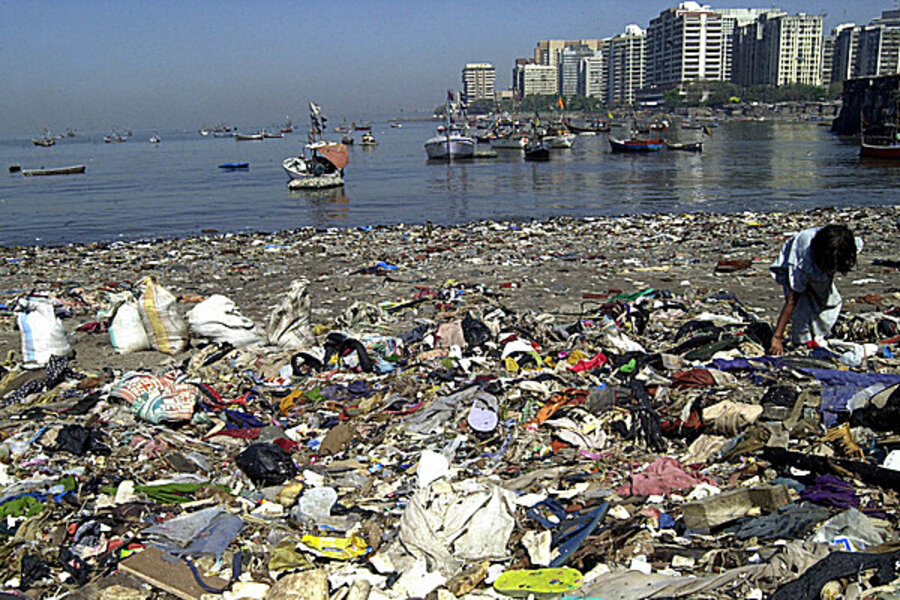Plastic pollution underestimated, say scientists
Loading...
Tiny, confetti-sized pieces of plastic litter the world's oceans, and it's not a pretty picture for marine life.
But before scientists can assess the damage caused by plastic pollution, they need to determine how much of this junk is out there.
A new study indicates that past estimates of marine plastic waste have been too low. Previous studies did not include the effects of wind on plastic particles in the water.
“By factoring in the wind, which is fundamentally important to the physical behavior, you’re increasing the rigor of the science and doing something that has a major impact on the data,” Giora Proskurowski, an oceanographer at the University of Washington and one of the new study's authors, said in a press release.
Proskurowski and his team collected samples at several depths ranging from the surface to 100 feet down. They combined this data with wind measurements to develop a mathematical model that allows them to more accurately estimate plastic waste totals.
The team concluded that there is, on average, about two and a half times more plastic waste in the oceans than originally thought. And in very windy conditions, plastic estimates could be lowballed by as much as a factor of 27.
Proskurowski plans to further improve the model by studying other factors that influence the movement of plastic pieces in the ocean including, drag, turbulence, and wave height.
He hopes his efforts to improve the accuracy of plastic waste estimates will inform people and potentially empower to do something about it. "On this topic, what science needs to be geared toward is building confidence that scientists have solid numbers and that policy makers aren't making judgments based on CNN reports."
The study was published this month in Geophysical Research Letters.





